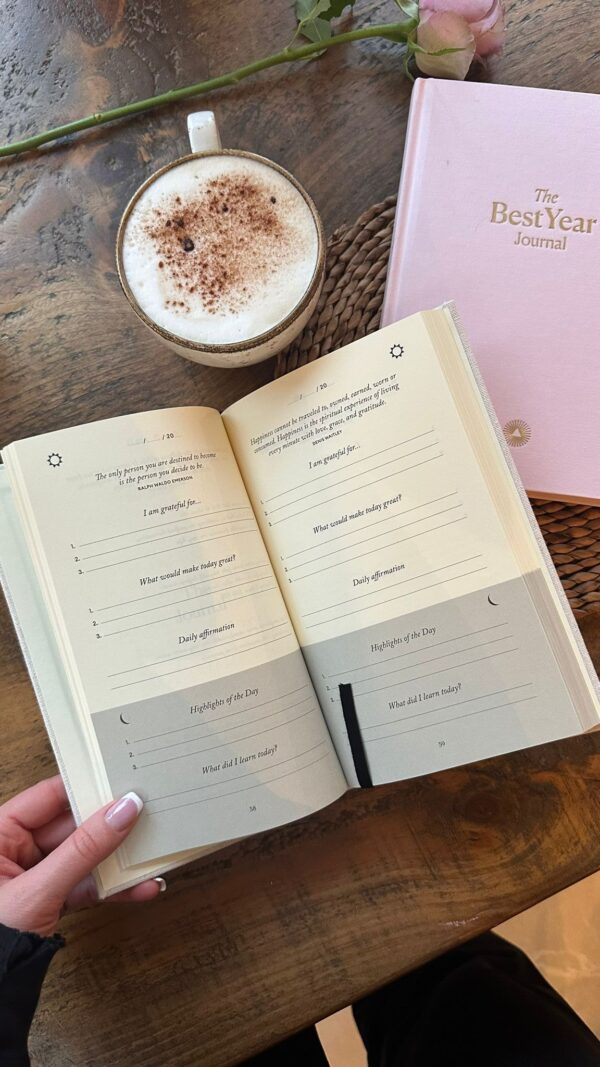
A Successful vs Unsuccessful Job Applicant According to an Expert

Following the ongoing discussion that youth unemployment is so high, Richard Evans, a professional careers mentor and Forbes 30 Under 30 Social Entrepreneur 2019 shares his thoughts on why the issues run much deeper than the recent pandemic. Richard has conducted over 600 interviews throughout his career and mentored over 100 students into the UK’s most competitive universities and companies as a careers mentor at The Profs.
“By failing to teach young adults the most basic skills of how to apply to a job and how to prepare for an interview, our education system is failing not only its students, but also the wider economy and the thousands of companies looking for UK talent. I have shared the four key differences between a successful and an unsuccessful hire in the hopes that this will help more job hunters stand out from the crowd during a difficult time.”
Q1: How many jobs are you applying to?
Unsuccessful applicant: After a few days of procrastination, sets aside one afternoon to finally get everything done. Quickly completes their CV, applies to a few online job boards and speeds through twenty different applications.
Unfortunately, through spam applying in one afternoon, the candidate’s CV ends up looking rushed and leaves off key experiences and achievements as well as including a few typos. It is also likely they forget to change some of the key details between applications, such as the correct name of the company leading to many straight rejections.
Successful applicant: After a few days of procrastination, this candidate realises that they can’t rush this and get it all done in one day. They set aside at least an hour every day for a week, or until they receive an offer. They begin by completing online career quizzes and researching their desired industry and roles and decide their top three job openings. It takes a couple more sessions of redrafting until they are happy that their one-page CV really stands out. Next, they write an industry-specific cover letter that will be the master template for the others.
Q2: Have you targeted the job description?
Unsuccessful applicant: Skims the job description and agrees that the key skills align with their strengths. They can explain this in the interview. They submit the same CV for every role and ignore the option for a cover letter.
When asked any additional questions, they write them straight into the application form, without spell checking or thinking why that question is important for the role.
Successful applicant: Reads through the job specification and desired skills multiple times and copies and pastes them into a new document. They go through each of these points in turn and write a couple of lines demonstrating successes in each of these areas. They put these points under a clear subtitle in their CV so that the recruiter can quickly see that they are writing to the job description.
When asked any additional questions, this candidate understands that this is an opportunity to stand out from the crowd. They write a quick list of the most relevant experiences and draft the perfect answer in a fresh document. They are likely to sleep on the answer before coming back to it the next morning.
Q3: How long is your CV/resume?
Unsuccessful applicant: Thinks that more is always better. Writes down everything they can think of and ends up with 2-3 pages of unfiltered material spanning years. They overlook the use of full sentences and uses the default formatting. After a few rejections, they realise that their CV is very busy, so they go online and download a visibly appealing, yet busy, template.
Successful applicant: Keeps their CV to one page by prioritising only the most relevant information and cutting everything else. They end up with around 8 pieces of information on the page and a few hundred words, but these are their strongest unique selling points (USPs). The empty space between the lines makes the CV look calm, professional and well-designed. Most importantly, it only takes 30 seconds for a recruiter to fully digest. They begin with an education section which lists their grades and subjects, then an experience section and finally an achievements section.
Each section has clear formatting to show the dates, putting the most recent first. First impressions count! They resist the urge to use templates, instead letting their experiences speak for themselves.
Q4: Have you written a cover letter?
Unsuccessful applicant: Cover letters take too much time. Skip that opportunity – there are plenty more.
Successful applicant: Cover letters are ignored by many applicants so just writing one gives me a huge advantage. Even if the role does not request one, this candidate will research the email address of the relevant person and email them a short cover letter to demonstrate initiative. The cover letter will be 2-3 paragraphs long and about one page of typed A4. The first paragraph should explain what they understand the role to be. The second paragraph will explain their suitability for the specific position and run through the job description requirements. The final paragraph will briefly explain their most relevant experience and motivation for wanting to join the organisation.
It turns out that adapting a cover letter for a new organisation only takes 15 minutes after the first couple because the template is so strong, and a lot of criteria is the same across different jobs.
Richard Evans, careers mentor at The Profs has shared his top tip to ace an online interview:
“Always prepare a mock interview in advance. This can be with a friend or a lecturer, someone who can provide constructive and honest criticism. This allows you to practise any questions and demonstrate your presence on the camera. Planning ahead ensures you avoid technical glitches on the day, decide on what to wear and check your backdrop aesthetics such as lighting.”












































